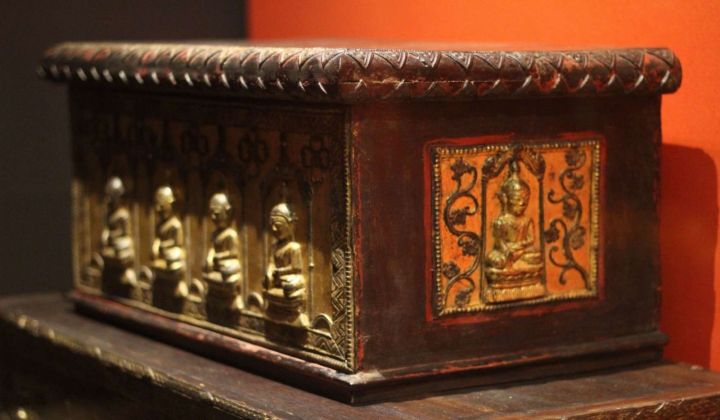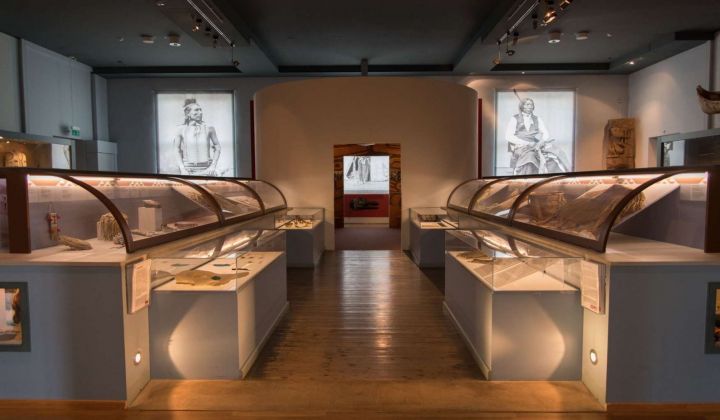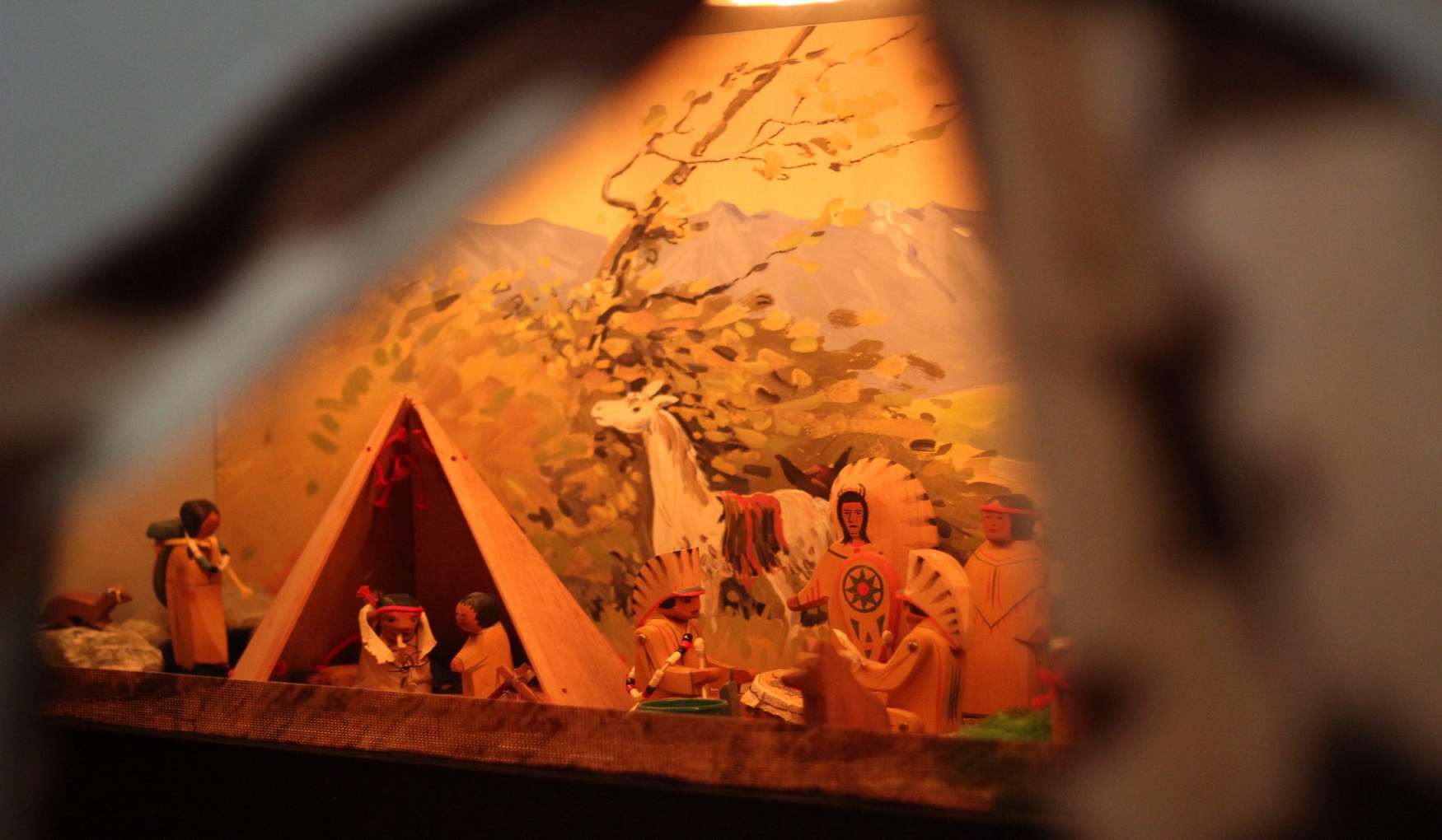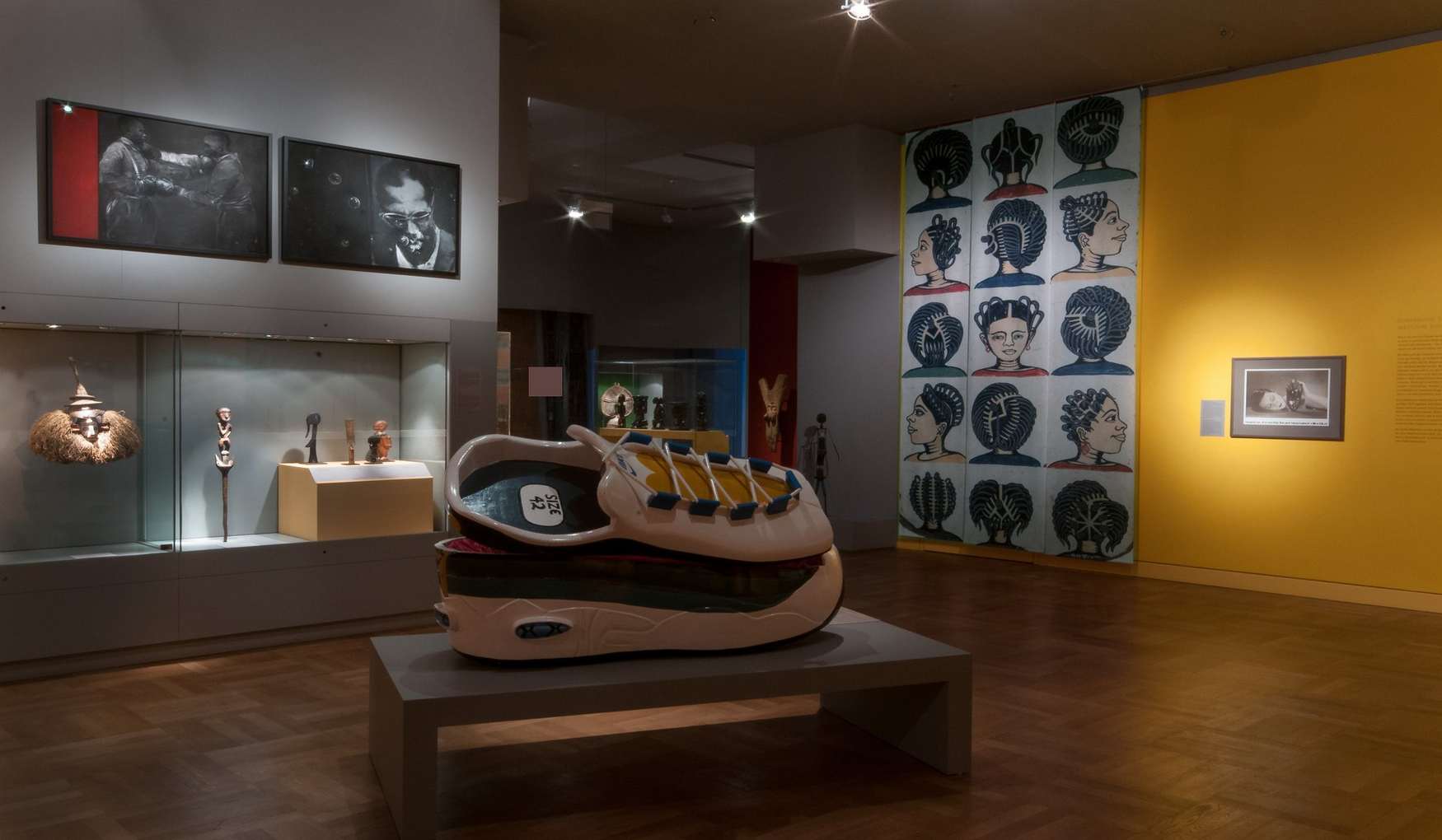If you find ethnographic museums informative but boring, you should definitely visit the Museum of the Five Continents in Munich. Opened in 1862, it educates tourists about non-European cultures and provides an insight into the customs and traditions of Africa, North and South America, Oceania and the East.
The exhibitions are rich, interesting and sometimes contradictory. Some of them are interactive, so that it's not only adults but also schoolchildren who are curious about the museum.
History of the museum
The Museum of the Five Continents is housed in a beautiful old building built between 1859 and 1865 by the architect Eduard Riedel.
It was originally built as the Bavarian National Museum, whose exhibitions were moved to the new building on Prinzregentenstrasse in 1900. The building was commissioned by King Maximilian II, who also created Maximilianstrasse, where the Museum of the Continent now stands.
From 1906 to 1925 it housed temporary exhibitions of the Deutsches Museum, and from 1926 it became the permanent home of the Ethnographic Museum.
The modern Museum für Völkerkunde in Munich has a capacity of around 160,000 exhibits! And that's just the permanent collection. You can also pay to see temporary exhibitions in the same building.
But many tourists are satisfied with the permanent exhibitions, which take more than an hour to visit. The exhibits are spread over two floors of the museum, each of which is divided into several halls. Walking through these halls you can immerse yourself in the life and traditions of different countries and nations, sometimes even touching them. Children are not left out of the museum, so be sure to take them with you.
Ground floor of the museum
At the entrance to the museum, tourists are greeted by a sculpture of Buddha on a turtle, which is no coincidence as the ground floor is dedicated to Myanmar, the Orient and Oceania. Tourists who have visited the museum say it took them about two hours to explore this floor, and the Myanmar exhibit is definitely worth a visit.

It is very modern and bright, with interactive elements that allow you to take a virtual trip around this colourful country. You can't help but notice the shop, with tobacco and cigars, tea and coffee on the shelves. It looks as if a salesman is about to come in and negotiate the price of the goods. Children will find it interesting that they can push buttons to light up some of the exhibits and photos.
In this part of the museum you will find many beautiful decorations. Each room has its own atmosphere, with carefully chosen pictures on the walls and lighting.
The hall dedicated to life on the water is impressive — models of boats, water scenes on the walls and flickering lights give the impression of being immersed in the depths. There are many religious themes, everyday objects and tools.
You are sure to be impressed by the Hall of Puppets, where tourists are greeted by puppets that are not always friendly. You can walk past the frozen figures and watch a film about them.
One of the exhibition halls is dedicated to Islam, with Arabic script in the scenery. An interesting exhibit is the balcony attached to the wall of the museum. Beneath it is a carriage and a pavilion in the street.
Continuing with the oriental theme, tourists are welcomed in the Fairy Tale Room. Visitors have to take off their shoes and put on leather slippers, which is especially appreciated by children. Children can walk around on Persian carpets, lie down on luxurious cushions and read a book.
The Oceania Room is quite small. Children will enjoy lying under a palm tree and the boat. To see the decorations, you have to pull out the drawers yourself — another interactive moment of interest for children.
First floor of the museum
On the first floor you can see the South and North Indians and the peoples of Africa. The latter's exhibits are very unusual and sometimes contradictory, and the sculptures are not always beautiful.

This exhibition differs from the one on the ground floor in that it also includes elements of contemporary art. For example, the sneaker-shaped coffin, designed by Paa Joe and realised in 2014, looks rather strange.
In the African exhibition, you'll see many pictures of colonists, animals and unusual pieces of furniture.
But children will be more interested in the room dedicated to the life of the Indians. Both southern and northern Indians. The southern Indian room will delight you with its bright colours, colourful costumes and painted tableware.
But the northern Indian room is more interesting, with hunting tools, carved figures and toys. Under one of the windows is a very interesting manhole for children! After pulling aside the skin, they can climb inside and look at a replica of a scene from Indian life. Or climb into a real tepee. From the stairs on the first floor you have a wonderful view over Munich.
There are benches to relax on in the museum grounds, and you'll find easels with paper and pencils in every room. Children love to draw, inspired by their visit, and take their drawings home with them.
There is a café on the ground floor and a cloakroom on the first floor. You can leave your clothes in the lockers for a small fee. Hangers are provided for outerwear.
The Museum of the Five Continents perhaps breaks all the stereotypes of ethnographic museums as boring, quiet and uninteresting. It is informative, with thoughtful details designed to appeal to children as well as adults, and interactive exhibitions only add to the interest of a stroll through its halls.











